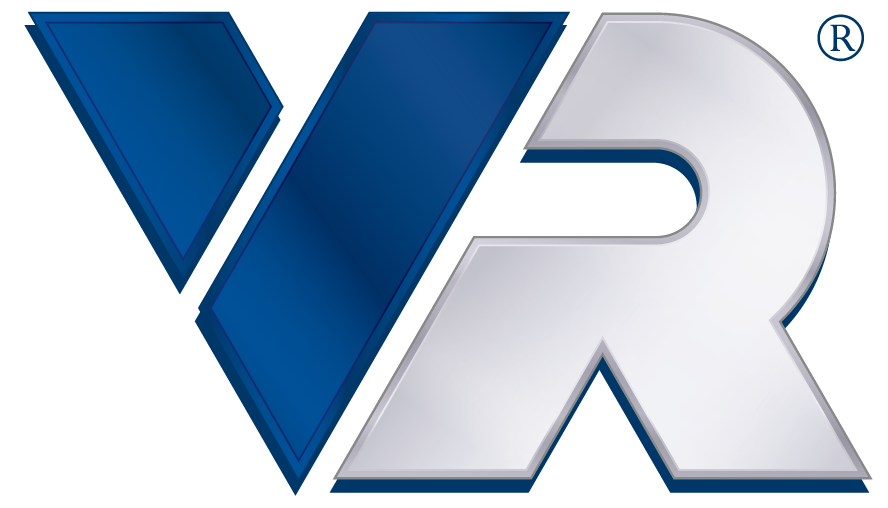The market value of a business is some multiple of the cash flow of that business. This is industry dependent, but it typically ranges between 2 to 3 times the annual cash flow of the business after recasting. The value of the Capital Assets, i.e., those assets required to make the business run, are never added back on top of the value of a business determined by a multiple of cash flow. Their value is already inherent in the value that was calculated.
The value of any business can be decomposed into two separate entities—Goodwill or Assets. Stated another way, Goodwill is the difference between the total value of a business and the value of inventory, equipment and other “hard” assets. Every business has goodwill unless it is closed down or failing badly. Some businesses, such as those in service industries like general contracting or home improvement, are mostly goodwill, whereas, other businesses, such as manufacturing, can be comprised of 50% goodwill.
Discretionary earnings, or cash flow, is usually defined as profit before income tax, depreciation, amortization, interest (EBITDA) and owner’s compensation and other owner benefits. This is the amount of money the owner has available to pay himself, to invest in additional equipment, to make the note payments on the business and pay taxes after the expenses for the business are paid for.
Depreciation is known as a non-cash charge. Unless the business is annually retiring its equipment and buying new equipment, the charge you see for depreciation is an expense that usually has occurred in one of the past fiscal years that the business is required to expense out a little at a time over some period of future fiscal years. Since it doesn’t represent a true cash outflow for the current reporting period, it is added back as part of the cash flow.
Since the value of the business is a multiple of cash flow, the value of the business should not depend on how the purchase of the business was financed. In other words, the value of the business should not change whether a buyer paid all cash for a business, whether the buyer got a loan at 5% interest, or whether the buyer got a loan at 10% interest.
Usually you can take a tax deduction for depreciation on the fair market value of all furniture, fixtures, and equipment at a much faster rate than real estate. The Covenant Not To Compete and the value of training are tax deductible, frequently at high levels. Finally, most businesses have deductible expenses that add to the owner’s cash flow. Always discuss tax issues with a qualified tax professional.
Government surveys show that over 80% of new businesses fail in the first 3 years, for reasons such as poor location, low product quality, under capitalization, and lack of management skills. This risk can be eliminated by purchasing a quality business with a proven cash flow.
Statistics show that up to 99% of people who contact brokers about a specific business aren’t truly interested in that business. Our sellers are very protective about the information they allow us to share with potential buyers and what to ensure that their businesses are a good fit for a buyer (and vice-versa) before we can release information on a business. Therefore, we cannot release any business information over the phone, by email, or even by standard mail. We ask all interested parties to meet with us in person so that we may screen them, including requiring that a financial profile be completed and signed. We’re sure you’ll agree that if the roles were reversed and you were a business owner, that we would protect your company the same way.
It is our job to orchestrate process of selling and help you achieve your goal.
Please contact us with any questions and or need of assistance.


